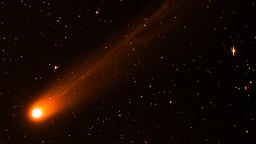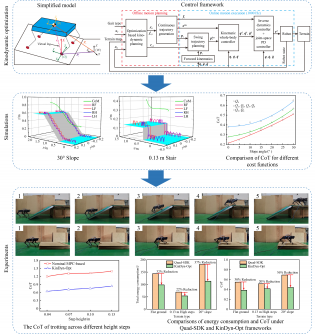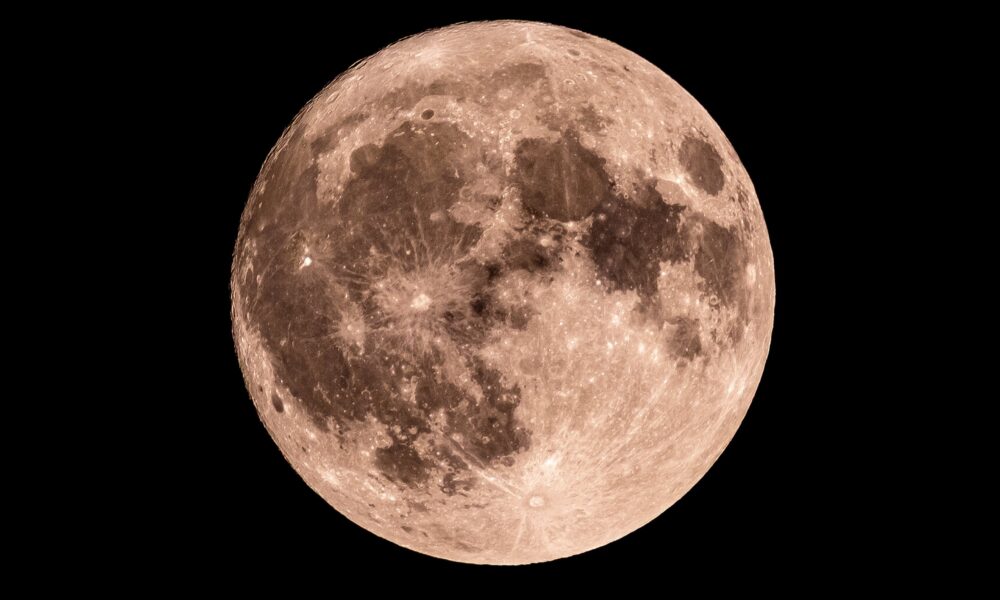An interstellar comet known as 3I/ATLAS has recently completed its closest approach to the sun, coming within approximately 126 million miles (203 million kilometers) of our star. While this trajectory sets the comet on an outgoing path, it will remain within our cosmic neighborhood for some time. Astronomers are currently unable to observe 3I/ATLAS from Earth due to its position behind the sun, but they expect to regain sight of it in a few weeks, according to Darryl Seligman, an assistant professor in the Department of Physics and Astronomy at Michigan State University.
Stargazers will have an opportunity to catch a glimpse of this remarkable object in the predawn sky starting on November 11, 2023. Observations will be crucial, as astronomers anticipate having a few more months to study the comet before it exits our solar system. The comet is expected to make its closest approach to Earth on December 19, 2023, coming within about 168 million miles (270 million kilometers) of our planet. Importantly, there is no risk posed to Earth, as confirmed by the European Space Agency.
Discovered on July 1, 2023, 3I/ATLAS is only the third known interstellar object to traverse our solar system. Each observation provides valuable insights into this unique celestial body, particularly in understanding how it differs from comets that formed within our solar system.
A Deeper Look at 3I/ATLAS
Comets are often described as “dirty snowballs,” consisting of ice, dust, and rocky material left over from the formation of solar systems. The nucleus of a comet is its solid core, and when it approaches stars, the heat causes it to release gas and dust, creating its distinctive tail. Astronomers are particularly eager to gather observations of 3I/ATLAS as it nears the sun, as the materials released could reveal essential information about its composition and the star system from which it originated.
“When it gets closest to the sun, you get the most holistic view of the nucleus possible,” Seligman explained. “One of the main things driving most cometary scientists is the composition of the volatiles, which shows you the initial primordial material that it formed from.”
To investigate 3I/ATLAS, scientists have employed a variety of powerful tools, including the Hubble Space Telescope and the James Webb Space Telescope. They are also leveraging multiple space-based missions, such as SPHEREx, to study the comet. Observations from these missions have detected substances such as carbon dioxide, water, and carbon monoxide being released as it approaches the sun, according to the European Space Agency.
Preliminary analyses suggest that 3I/ATLAS is between 3 billion and 11 billion years old, a remarkable age considering that our solar system is estimated to be about 4.6 billion years old. Notably, carbon dioxide transitions directly from solid to gas with temperature changes more readily than many other elements, indicating that the comet has likely never encountered another star before its recent passage near the sun.
Observational Challenges and Future Insights
Although 3I/ATLAS became too faint for ground-based telescopes in October 2023, it remained visible to missions such as PUNCH (Polarimeter to Unify the Corona and Heliosphere) and SOHO (Solar and Heliospheric Observatory). On October 3, 2023, it made its closest approach to Mars, coming within 18.6 million miles (30 million kilometers) of the planet and its orbiting spacecraft.
The ongoing U.S. government shutdown has hindered data sharing from NASA missions that have observed the comet since October 1. However, the European Space Agency’s Mars Express and ExoMars Trace Gas Orbiter successfully captured images of 3I/ATLAS, although the instruments were originally designed to study Mars. The ExoMars mission managed to identify the comet as a faint white dot, a challenging feat given that it was 10,000 to 100,000 times dimmer than typical targets.
Looking ahead, the ESA’s Jupiter Icy Moons Explorer, or Juice, is expected to make observations of 3I/ATLAS in November 2023, although data from these observations may not be available until February 2024 due to the spacecraft’s data transmission rates.
“We’ve got several more months to observe it,” Seligman noted. “And there’s going to be amazing science that comes out.”
As astronomers continue to study 3I/ATLAS, its passage through our solar system promises to enhance our understanding of interstellar objects and the origins of comets, offering insights into the broader cosmic context of our own solar system.







